Worldwide, regulations are being promulgated and aggressively enforced with the intention of protecting personal data. These regulatory actions are being taken to help mitigate exploitation of this data by cybercriminals and other opportunistic groups who have turned this into a profitable enterprise. Failure to meet these data protection requirements puts individuals at risk (e.g., identity theft, fraud, etc.), as well as subjecting organizations to significant harm (e.g., legal penalties).
The SNIA Networking Storage Forum (NSF) is going to dive into this topic at our Security & Privacy Regulations webcast on July 28, 2020. We are fortunate to have experts, Eric Hibbard and Thomas Rivera, share their expertise in security standards, data protection and data privacy at this live event.
This webcast will highlight common privacy principles and themes within key privacy regulations. In addition, the related cybersecurity implications will be explored. We'll also probe a few of the recent regulations/laws to outline interesting challenges due to over and under-specification of data protection requirements (e.g., "reasonable" security).
Attendees will have a better understanding of:
- How privacy and security is characterized
- Data retention and deletion requirements
- Core data protection requirements of sample privacy regulations from around the globe
- The role that security plays with key privacy regulations
- Data breach implications and consequences
This webcast is part of our Storage Networking Security Webcast Series. I encourage you to watch the presentations we've done to date on:
And I hope you will register today and join us on July 28th for what is sure to be an interesting look into the history, development and impact of these regulations.








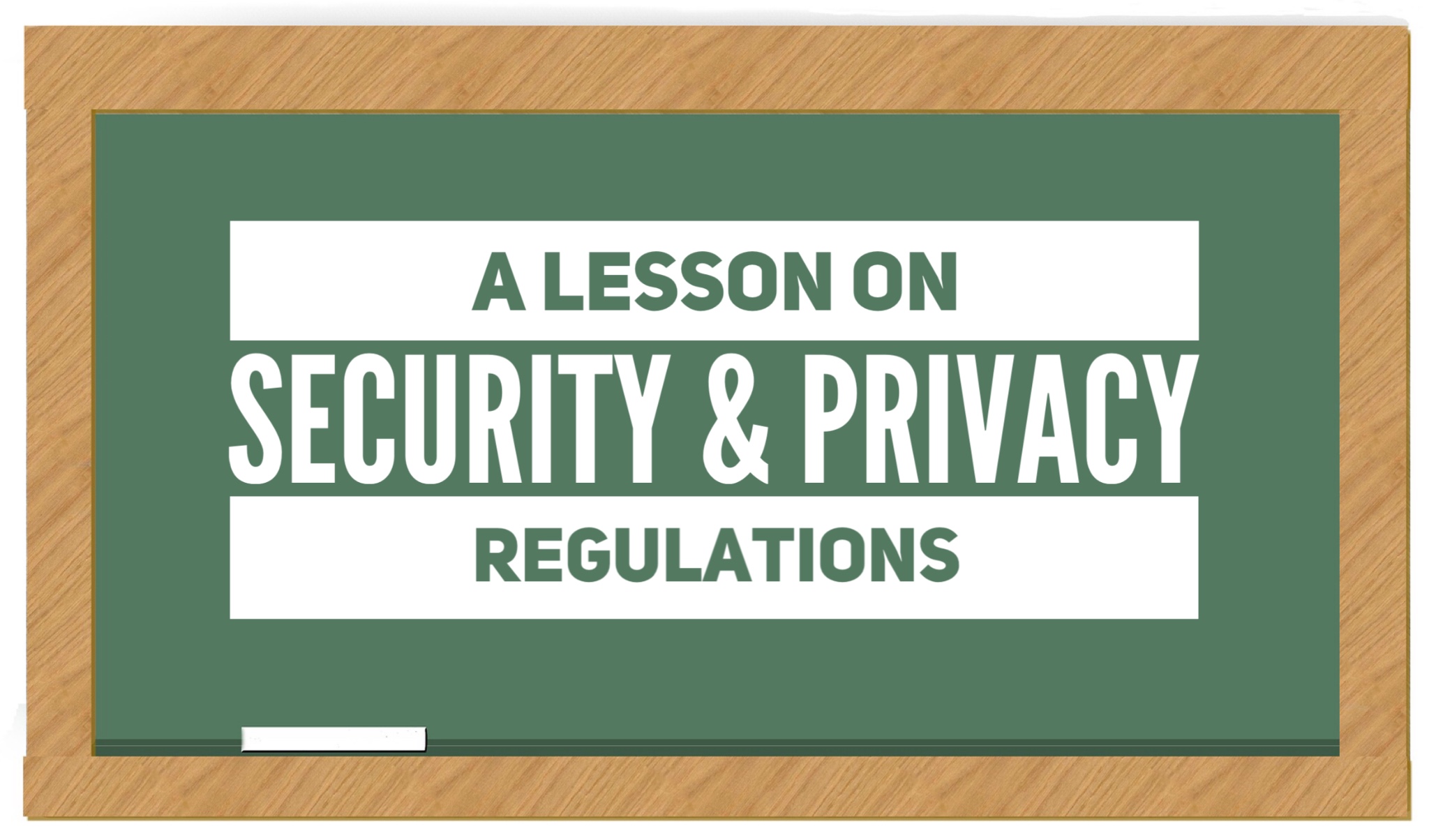
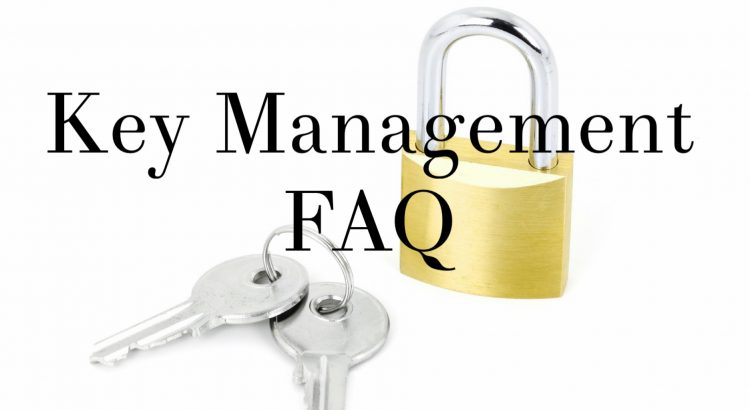
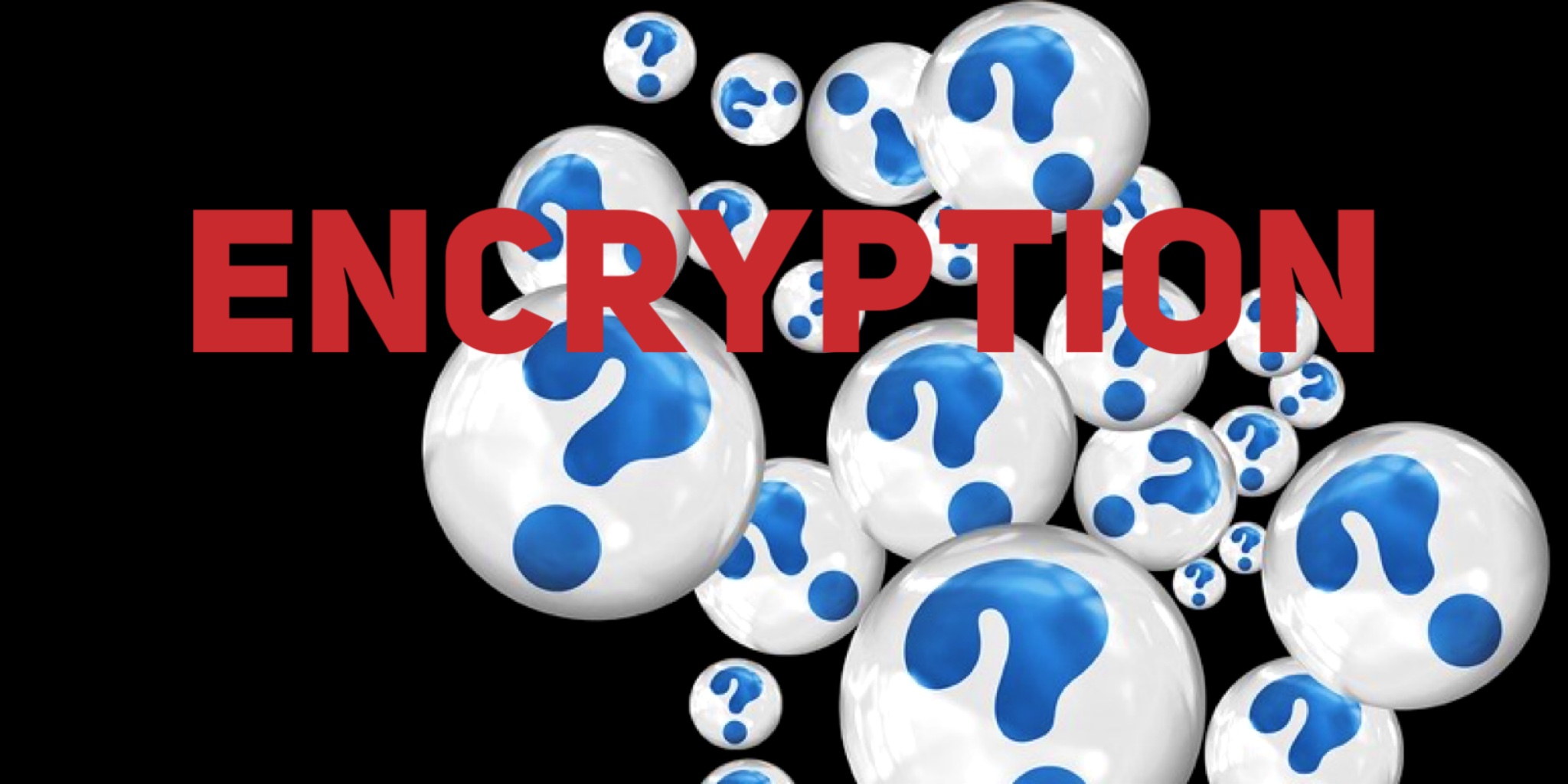
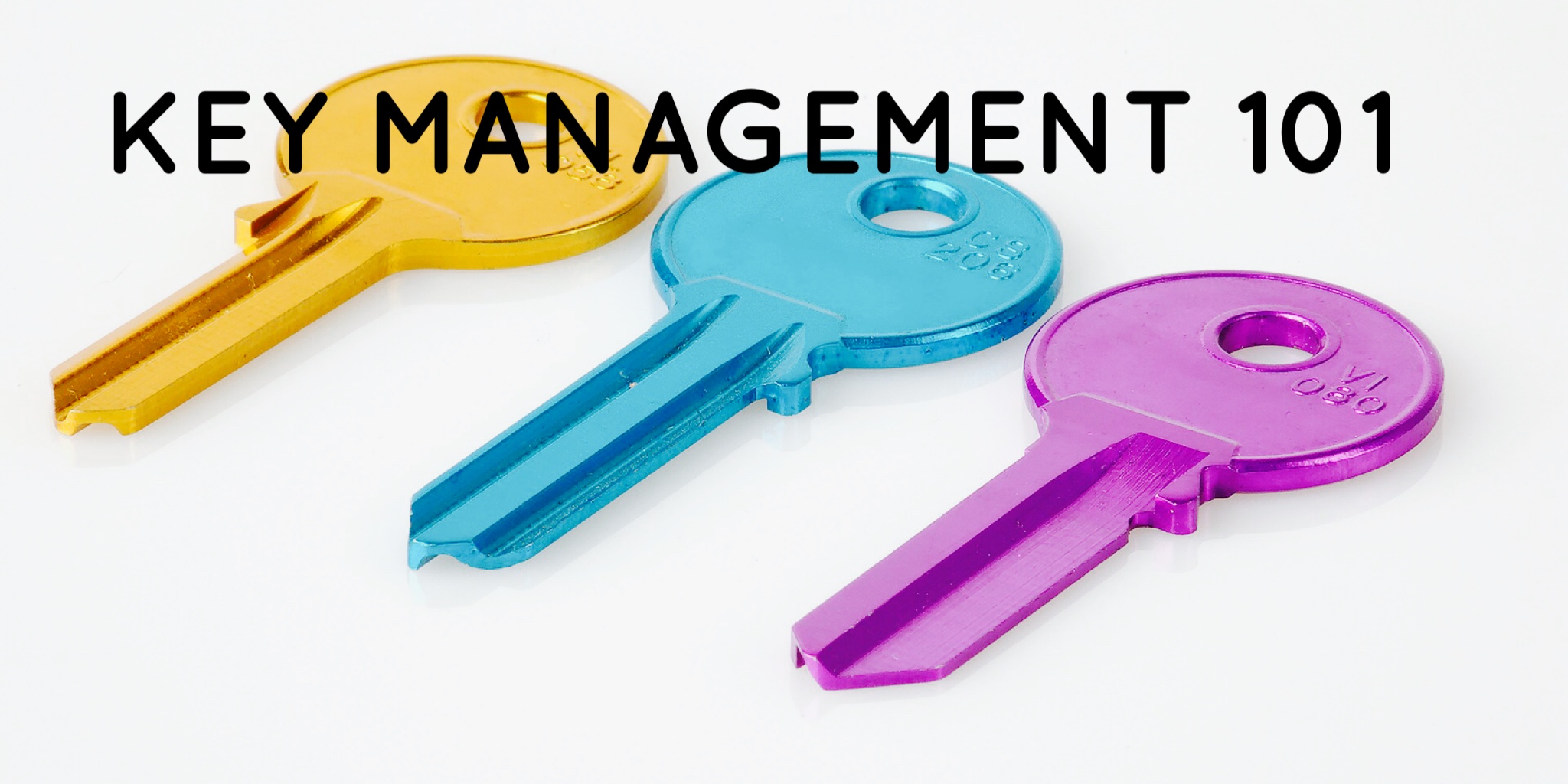

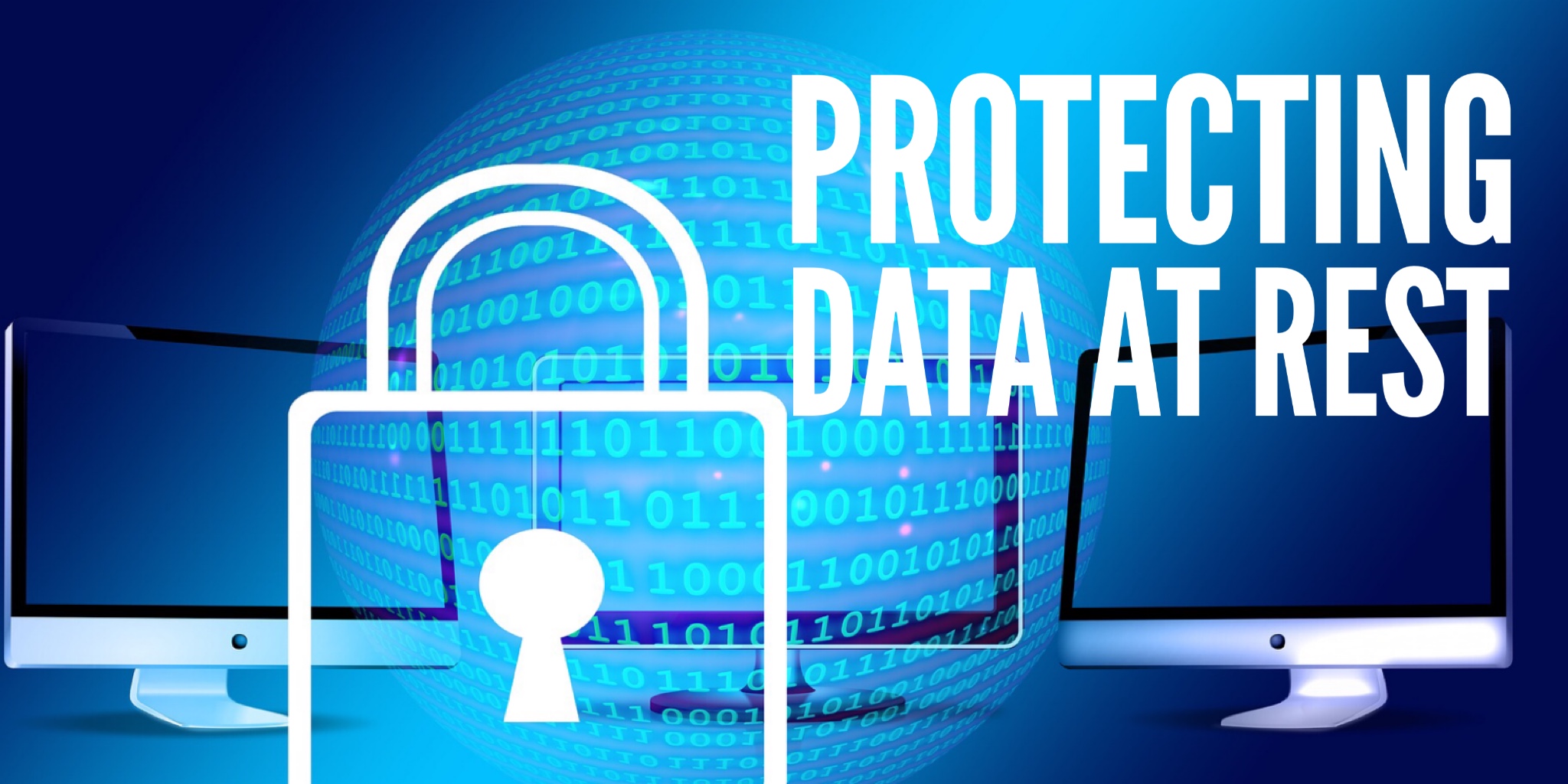
Leave a Reply